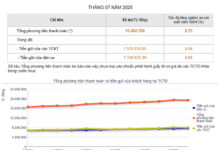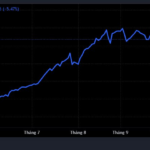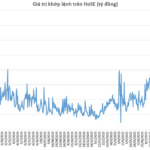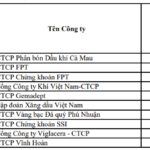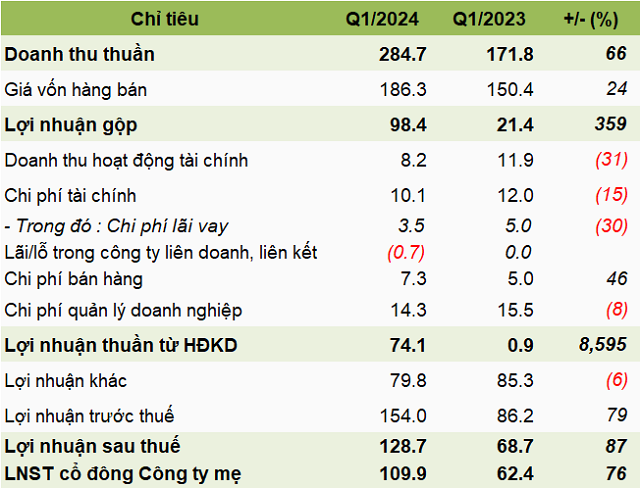According to statistics, textile and garment exports reached $40.3 billion in 2023, a decrease of 9.2% compared to 2022. However, the highlight of the textile and garment industry in the past year is the breakthrough in the market. In addition to traditional markets, Vietnam has exported a significant amount of textiles and garments to Canada, China, the UK, Australia, Russia, Thailand, India, and more.
In 2024, the textile and garment market has shown signs of recovery. According to data from the General Statistics Office, in the first two months of the year, textile and garment exports reached $5.2 billion, an increase of 15% compared to the same period last year, ranking fourth among the highest-grossing commodities in the country.
BRIGHT SPOT EMERGES DESPITE REMAINING CHALLENGES
In 2023, while many businesses were cutting labor to save costs, TNG Investment and Trading Corporation (TNG) maintained stable employment and income of VND 9.4 million per person per month for 18,000 workers. In 2024, TNG plans to increase total capacity by an additional 15% by deploying 45 more production lines and recruiting 3,000 more workers, starting from March 2024. At the same time, the company will relocate its Viet Duc and Viet Thai textile factories to the Son Cam Industrial Park to enhance the connectivity with supporting factories, thereby improving overall efficiency.
Similarly, Thanh Cong Investment, Commerce and Textile Manufacturing JSC (TCM) has almost reached full capacity again, as it has received approximately 98% of orders for the first quarter and is starting to receive orders for the second quarter of 2024. Mr. Tran Nhu Tung, Chairman of TCM’s Board of Directors, said that the production order situation has improved in recent months. The largest export market for the Vietnamese textile and garment industry is the United States, which usually accounts for over 50% of the total export value. Therefore, according to Mr. Tung, the recovery of the textile and garment industry depends largely on the world’s largest economy.
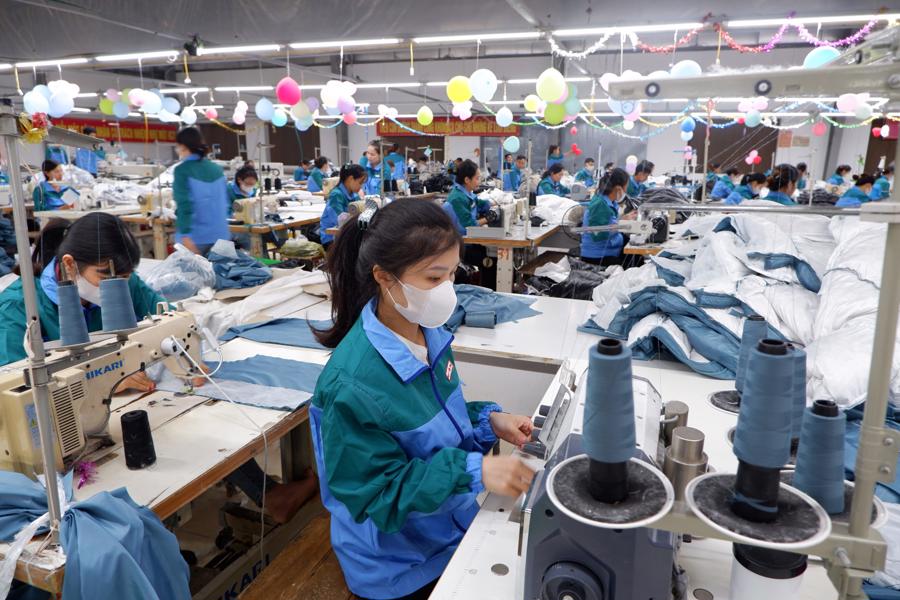
As a small and medium-sized enterprise, Dony Garment Import Export Company Limited (Binh Chanh, Ho Chi Minh City) has received orders until the end of April from customers in the United States, Singapore, Cambodia, Malaysia, etc. The company’s export volume has doubled compared to the same period last year, and it is currently negotiating orders until August this year. The company’s goal for this year is to achieve 15% growth. “Recently, a Middle Eastern customer has made an appointment for a price quote for an order of about 2 40-foot containers. This is a promising start for 2024,” said Mr. Pham Quang Anh.
Contrary to the improving situation of the textile and garment industry, there are still companies facing difficulties without orders, leading to layoffs for most of their workers. Specifically, Saigon Garment Joint Stock Company (Garmex Saigon) ended the 2023 financial year with nearly VND 8.3 billion in revenue, a decrease of 97% compared to 2022, and a post-tax loss of nearly VND 52 billion. The company has also been incurring losses for 6 consecutive quarters. Garmex Saigon reported that the company currently has no orders, and if it continues production at its factories, it will incur significant losses. Therefore, the company has reorganized its workforce, reduced labor, temporarily suspended production to minimize the damage.
Similarly, business activities of Binh Thanh Trading Production Import Export Joint Stock Company (Gilimex) have become even more difficult due to a contractual dispute with the giant Amazon. Thanks to an exceptional profit in the fourth quarter, the company narrowly avoided a significant loss for the year, with a total net profit of VND 28 billion, a sharp decrease of 92% compared to the same period. This is also the lowest level of profit for Gilimex in the past 17 years, since 2007.
Similarly, Hansae Vietnam Co., Ltd. – a company specialized in manufacturing and exporting sportswear at the Tay Bac Cu Chi Industrial Park (Ho Chi Minh City) – has also reduced its workforce from nearly 11,000 to about 2,500 workers. Despite being outside the wave of layoffs, Vinatex has had to sacrifice profits and dividends to retain 62,000 employees and ensure that salaries are not reduced too much…
The complete content of the article is published in the Vietnam Economic Magazine issue number 11-2024 released on March 11, 2024. Please find the full article







